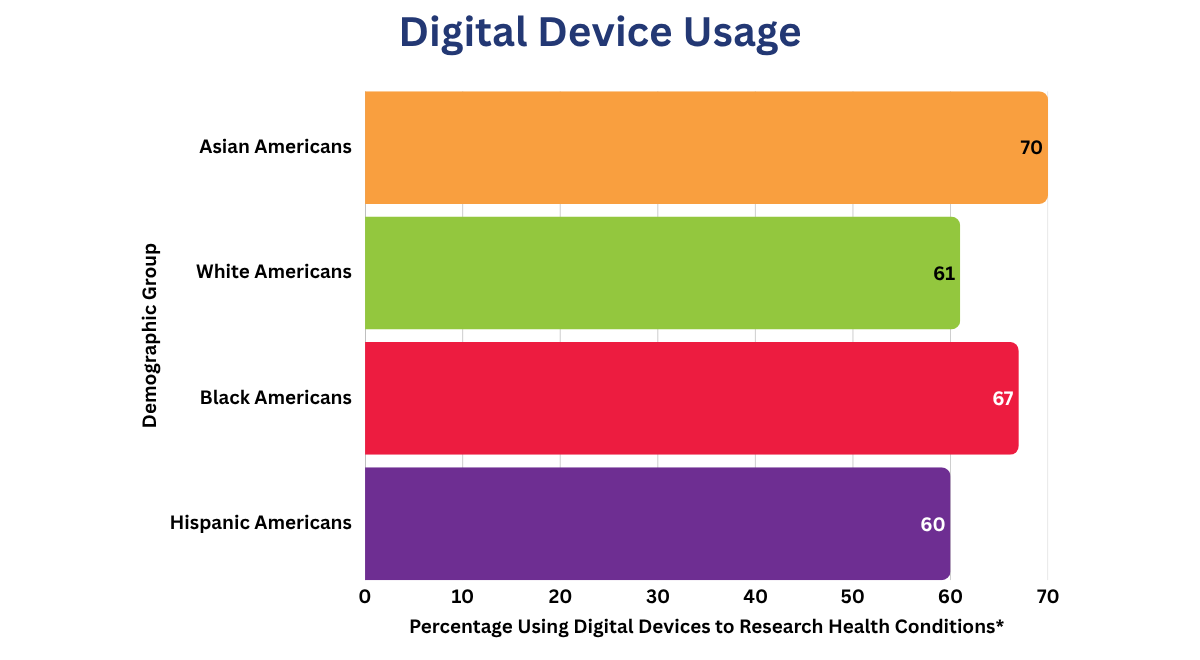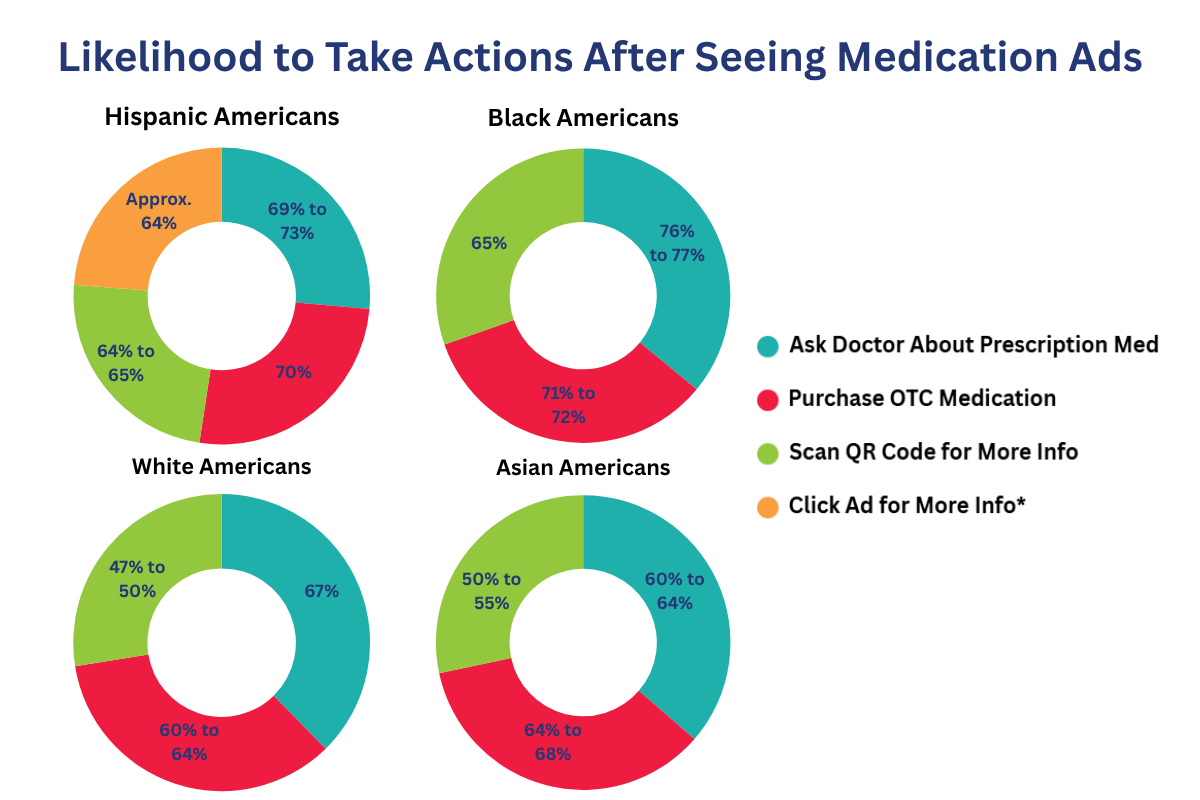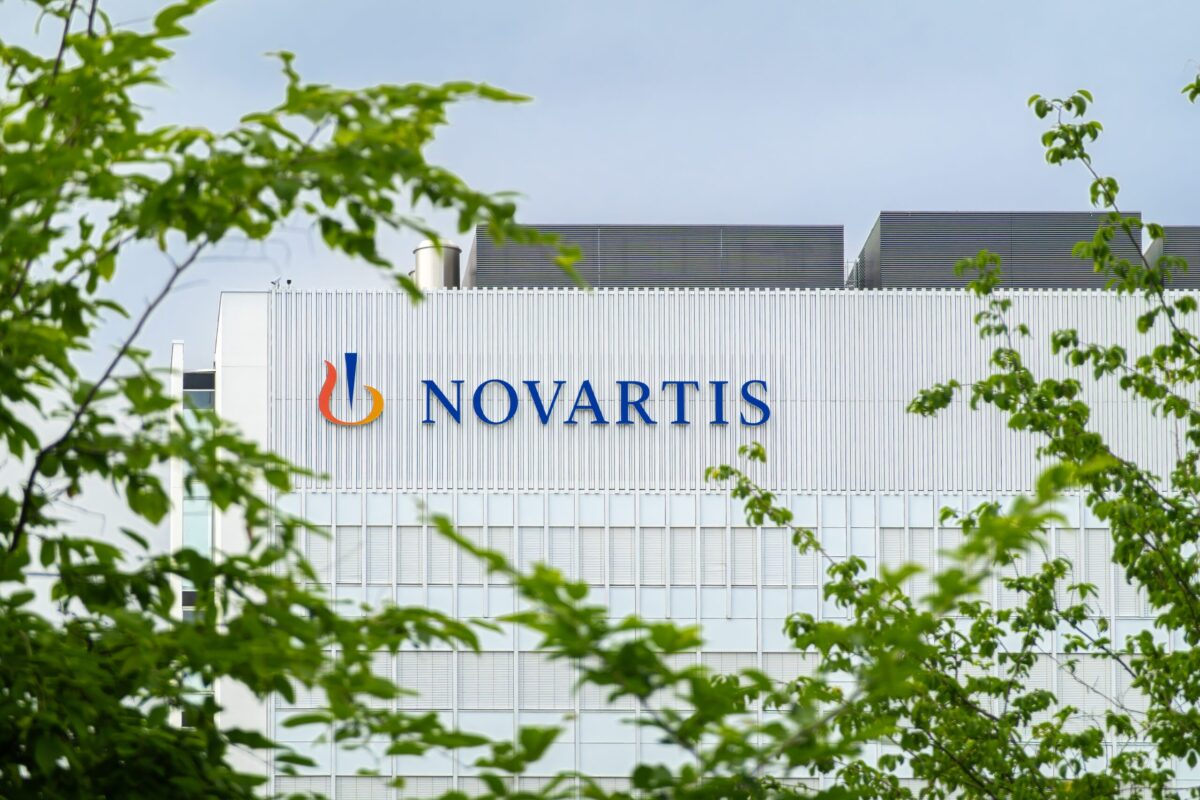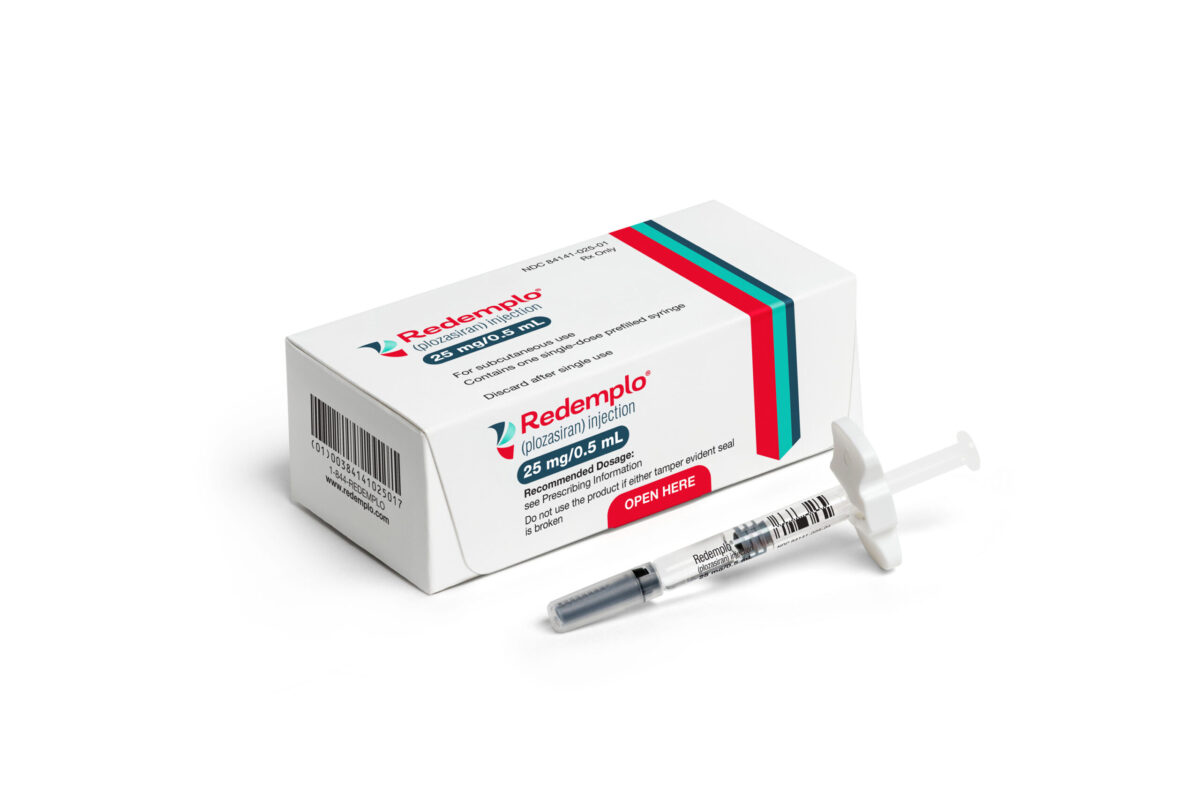Patients increasingly turn to online health information for diagnostic and treatment guidance, as well as emotional support — reflecting a growing desire to participate actively in their healthcare. This reliance on digital resources varies across demographic groups and is often influenced by factors like education and socio-economic status.
In pharma, consumers are increasingly using digital resources for medication information and purchasing.
Pharma advertising in 2025 faces economic uncertainties and ongoing regulatory discussions about restricting prescription drug TV ads, complicating marketers’ channel strategies.
While potential limits on television ads remain under debate, patient influencers on platforms like TikTok and Instagram are emerging as influential voices in pharma digital engagement, shaping how consumers perceive and discuss prescription medications — a trend that is now wide-spread.
Against this backdrop, the 2025 Cadent Pharma Advertising Trends Report reveals how rising digital device use is transforming the way pharma brands engage with multicultural patient populations across the US. Based on a survey of over 4,000 US adults by The Harris Poll, the report sheds light on shifting consumer behaviors and preferences for healthcare information, medication research and ad engagement.
Related: Prescription for Change: DTC Pharma Advertising Could Face Major Crackdown
Cadent Report: Multicultural Trends in Digital Engagement
As the average number of connected devices per US internet household reached 13.4 by the end of 2024 — a 63% increase since 2018 — digital devices have become central to patients’ healthcare journeys. This growth has made healthcare information more accessible than ever, creating a new class of savvy consumers who actively manage their treatment options and decisions.
More than 90% of White, Black, Hispanic and Asian Americans use computers or mobile devices for healthcare-related activities.
Digital device adoption among US adults varies by demographic, with Asian Americans leading at 70% usage for researching health conditions (Figure 1).

When it comes to learning about new prescription and over-the-counter medications, doctors and healthcare providers remain the leading source of awareness across all populations. However, TV ads and connected TV platforms closely follow, especially among Black audiences, for whom these channels serve as the most common source of medication information.
Digital ads on computers and mobile devices also play a vital role, with Hispanic and Black Americans engaging more frequently with these formats than other groups. In contrast, word-of-mouth marketing, radio ads and magazine ads consistently register the lowest impact, particularly among Asian Americans.
Mobile and connected TV ads demonstrate a strong influence over key patient actions. After seeing medication ads on mobile devices, many consumers are more likely to research medications, make purchases and discuss prescriptions with doctors.
This effect is especially pronounced among Black and Hispanic Americans, who are also the most responsive to interactive ad features such as quizzes, treatment plan tools and QR codes (Figure 2).

Personalization emerges as a critical factor driving engagement. Approximately 82% of respondents across all cultural groups indicated they were more likely to respond to medication ads that are relevant to their current health conditions. Furthermore, nearly 60% said they preferred ads that match their device or browser language settings, with Hispanic and Black Americans exhibiting the strongest preference for language-aligned ads.
Financial considerations vary by demographic, influencing how audiences approach medication costs and payments. Black and Hispanic Americans are more inclined to use cash or debit cards, emphasizing the importance of transparent cost messaging and flexible payment options. Asian Americans tend to favor credit cards; White Americans are most familiar with employer-based or tax-advantaged accounts, like FSAs and HSAs.
Beyond payment methods, attitudes toward health management strategies differ among groups. Asian and Black populations show greater openness to precision medicine and telemedicine, while Hispanic Americans express a stronger interest in natural remedies. White Americans, meanwhile, are less receptive to emerging technologies such as augmented and virtual reality in health management.
Though personalized advertising grows, comfort with AI-generated content and retargeted ads varies. Most also find repeated medication ads after visiting health websites irritating, highlighting the need to balance personalization with intrusion.
For pharma marketers, the report’s findings highlight the necessity of crafting culturally sensitive and relevant messaging that aligns with each audience’s unique preferences and behaviors. Utilizing multiple ad channels, including connected TV, mobile devices and interactive formats, can amplify messaging effectiveness and encourage meaningful patient engagement.
Educational content plays a particularly vital role in motivating action. Consumers across all groups value ads that provide medical benefits and clear information about health conditions. White audiences, in particular, show higher trust in educational messaging directly from pharma companies.
Digital reliance is increasingly essential to supporting informed, patient-centered care.
It should be noted, though, that amid widespread digital engagement, the risk of consumer fatigue is also real. As patients interact with an increasing number of digital touchpoints, concerns about device overuse and ad overload grow — one survey found that 81% of Gen Z wish it were easier to disconnect from digital platforms.
With healthcare and pharma digital ad spending set to rise, the Cadent Report underscores the diverse, digital-first nature of today’s patient journeys.
If you want your company to be featured on Xtalks.com, please email [email protected].












Join or login to leave a comment
JOIN LOGIN